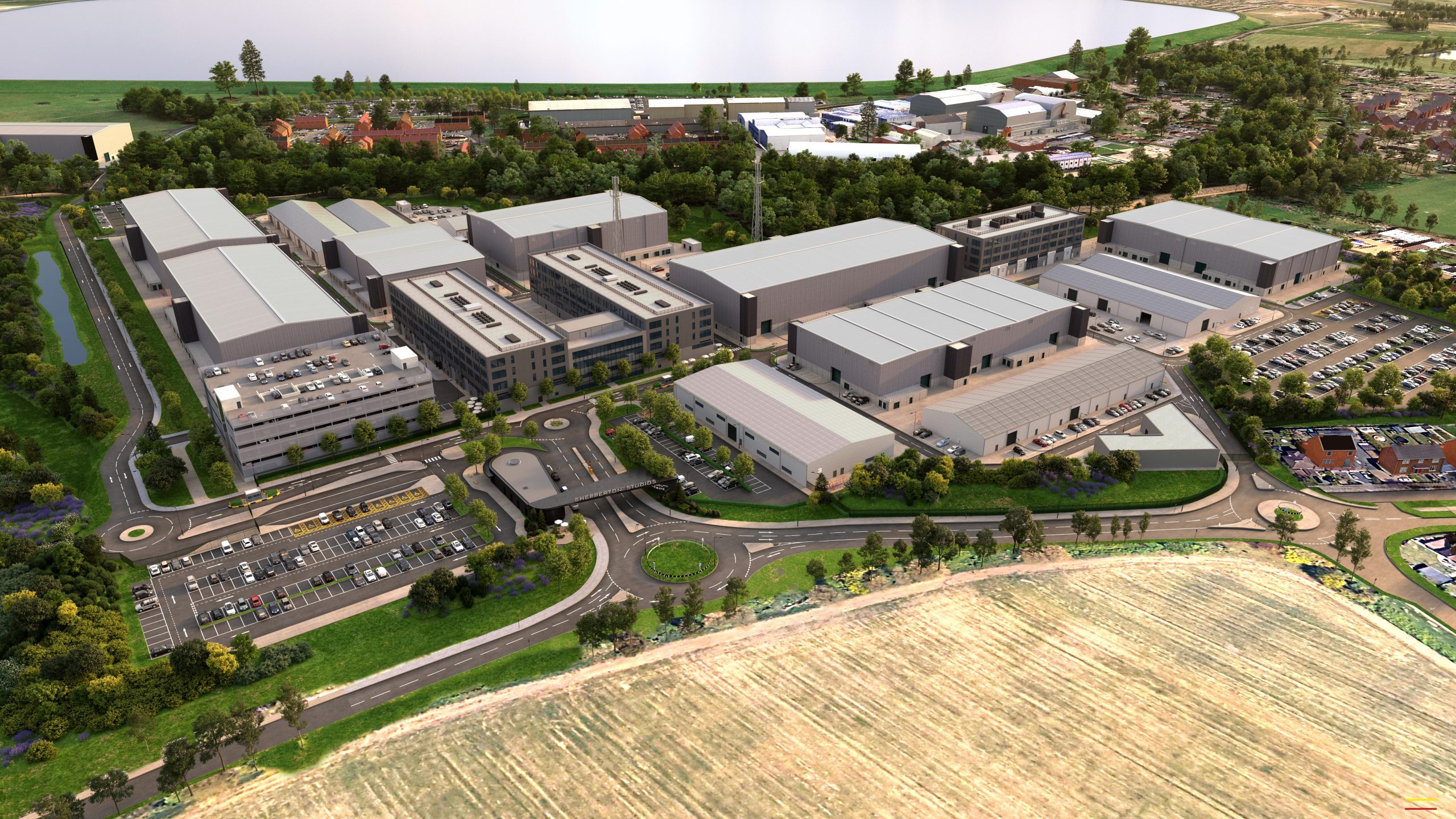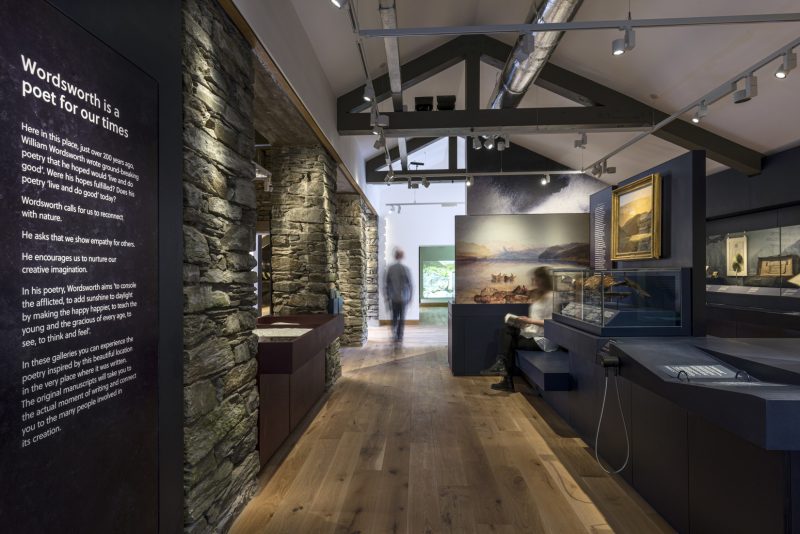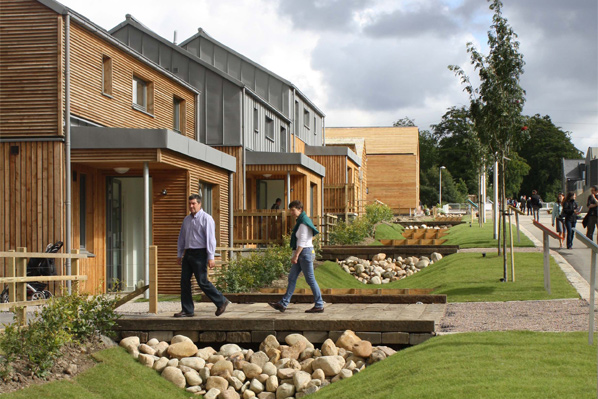Pinewood and Shepperton Studios, owned by Pinewood Group Limited, have large expansion projects underway to increase studio capacity and production spaces. The two Studios are home to some of the most successful films ever made and with both first opening their doors in the 1930s they are synonymous with the world-leading British film and television industry.
We are currently working on a series of extension and retrofit projects for both Studios which represents more than £500 million of private investment, including the creation of new film studio campuses. Furthermore, we are delivering civil and structural engineering design, bridge engineering design, flood risk analysis and drainage design for the major expansion of Shepperton Studios, which will be occupied by Netflix and Prime Video.
The wider development plans at Shepperton include a variety of new buildings including purpose-built sound stages for filming, workshops, offices for productions and other amenity buildings. The project also includes, external backlot areas for exterior film sets, roadways and pedestrian bridges which cross the River Ash, a green river corridor which passes through the centre of the site.
RISING TO THE CHALLENGE – ENGINEERING THE LAND
The sites under development were once former brownfield sites, acting as quarries then subsequently as landfill, sitting adjacent to London’s drinking water supply, the Queen Elizabeth Reservoir.
Using the neighbouring River Ash and its woodland area, which feature in films such as The African Queen and would ordinarily preclude significant development, our approach is to allow the river and its flood cycles to be assessed as an integrated part of the area flood mitigation strategy which works with the site’s Sustainable Urban Drainage System.
By running calculations that include increased flooding due to climate change, our engineers optimised the site’s building configuration to withstand one-in-100-year floods, dissipating flood water back into the tributary from strategically created catchments. Some buildings needed to be moved to allow flood waters to subside more freely.
Unlocking the potential of the site has relied heavily on the capability of our urban infrastructure team to address flooding, developing a sustainable surface water drainage strategy, and dealing with the brownfield challenges associated with building over a former landfilled quarry.
To develop the site, the new buildings needed to be lifted above the flood level. To assist with absorption back into the ground, a combination of hard and soft landscaping has been sculpted to mitigate the effects on neighbouring developments.
Working in conjunction with flood modellers, we were able to demonstrate to the Environmental Authority (EA) that the site could be developed without having a detrimental impact on the neighbouring developments.
KEEPING IT GREEN – ENCOURAGING BIODIVERSITY
A sustainable, nature-based surface water drainage system was designed across the entire 35 hectare site to avoid the need for carbon-hungry, below-ground, synthetic storage tanks.
As a result, the site drains naturally through permeable surfaces into structural soils beneath the surface carparks, which in turn store and slow down the rainwater collected from the buildings and other hard surfaces across the site before discharging into the River Ash via a new 200m long open swale.
Developing this Sustainable Urban Drainage strategy with the above ground collection of water will contribute to the site’s biodiversity net gain, assisting with reaching planning targets over a more traditional ‘hard collection’ and ultimately less sustainable, approach.
ENGINEERING ADVANCES IN SOFTWARE & CARBON REDUCTIONS
With 17 new permanent sound stages and six new office-workshop buildings, a significant amount of embodied carbon has been added to the sites. Optimising the material use in the designs for the new buildings has been at the forefront of the sustainability strategy for the development.
Advancements in parametric modelling as well as forensic analysis of the building typologies that Pinewood had been evolving throughout the 20th Century have allowed us to rationalise designs and reduce the embodied carbon while providing the cutting-edge designs for the facilities required.
We can test new prototypes for the studios and other structures in situ, allowing alterations to be made in real time. This approach allows the structural designers to optimise the use of chosen materials, keeping embodied carbon to a minimum.
Balancing material requirements, carbon intensity and cost has led to the workshop and office buildings being made with composite steel frames and cellular beams; this also helps with services being integrated more efficiently.
A tighter, light-weight column grid for the upper office levels have been transferred out through trusses to facilitate the open-plan workshop spaces at ground floor level which will enable large-scale set builds; a design which has been informed by rigorous embodied carbon assessments.
BUILDINGS FOR THE NEAR FUTURE
In addition to the work at Shepperton, we have been collaborating with Pinewood Group to help optimise its existing real estate at its Pinewood West site. Five new sound stages have been knitted into the land, and are under construction.




